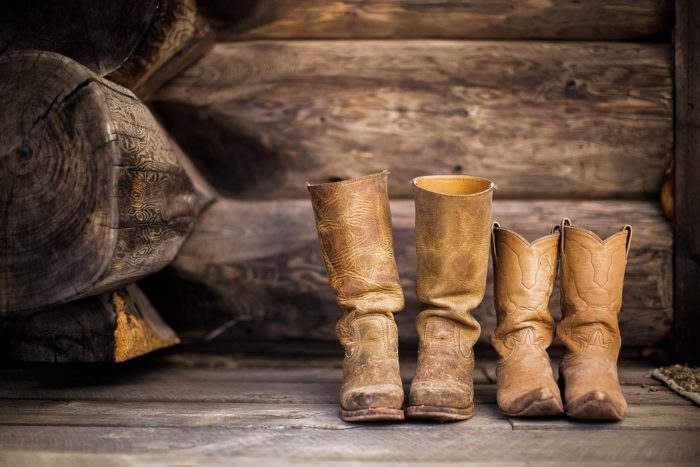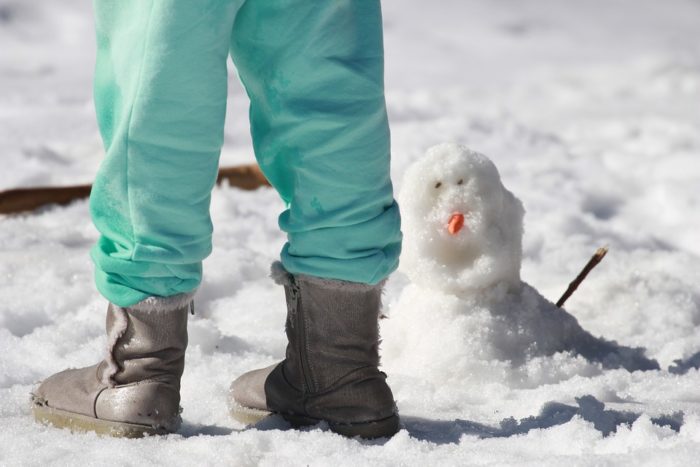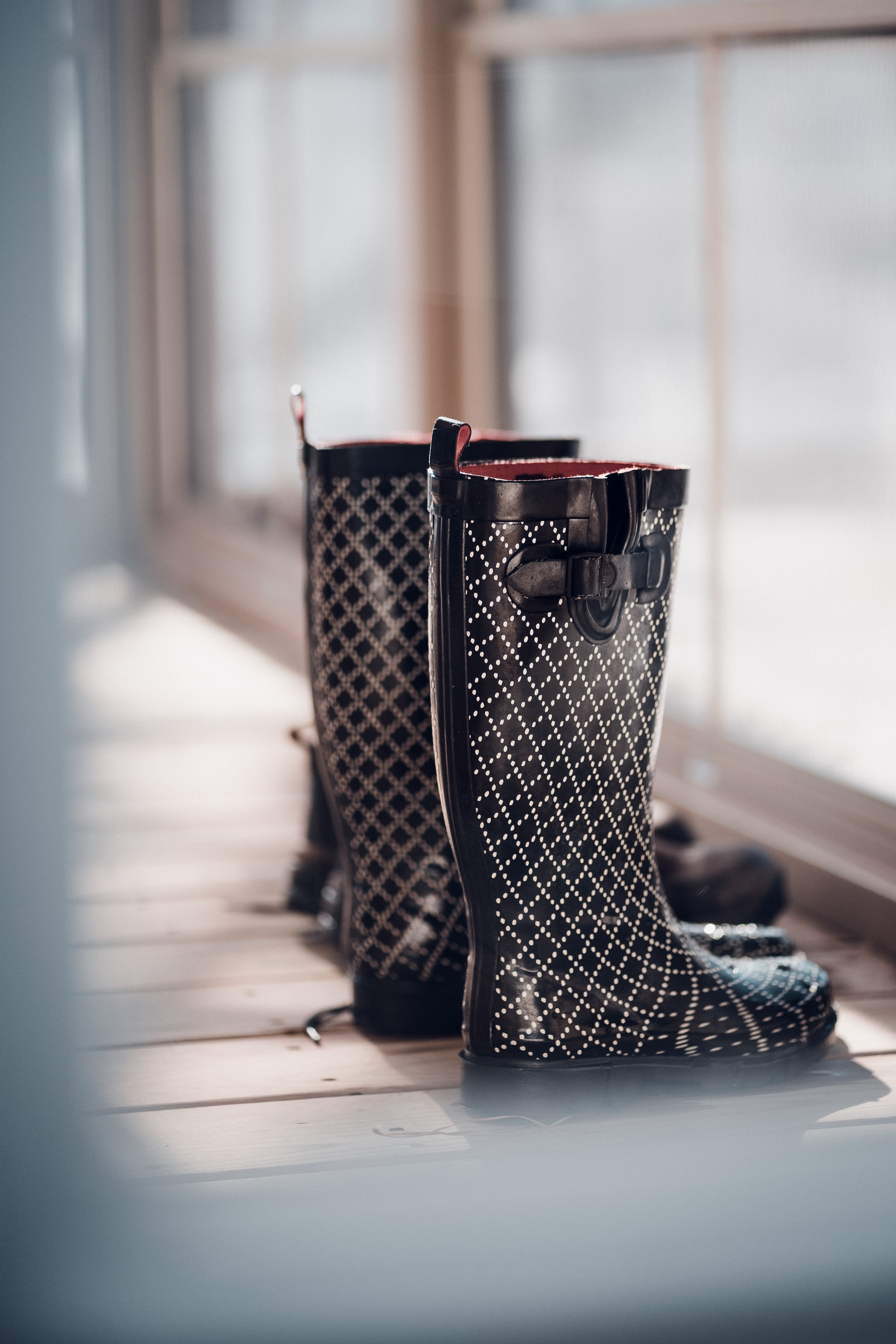Snow boots and rain boots are two types of footwear that are designed for different weather conditions.
While both types of boots are designed to keep your feet warm and dry, they have several key differences.
In this article, we will take a closer look at snow boots and rain boots, exploring their similarities and differences to help you choose the right type of boot for your needs.
Even though it’s already 2023, many people are still confused and have many questions about snow boots vs. rain boots.
Snow Boots vs. Rain Boots

Similarities between snow boots and rain boots:
- Waterproof: Both snow boots and rain boots are designed to be waterproof to keep your feet dry in wet weather.
- Warmth: Both snow boots and rain boots are designed to keep your feet warm in cold weather. Snow boots are typically lined with insulation or fur to keep your feet warm in freezing temperatures, while rain boots are usually lined with a waterproof material to keep your feet warm and dry.
- Easy to clean: Both snow boots and rain boots are easy to clean and can be wiped down or sprayed with a hose to remove dirt and mud.
Differences between snow boots and rain boots:
- Purpose: Snow boots are designed for use in snowy and icy conditions, while rain boots are designed for use in wet conditions, such as rain or slush.
- Traction: Snow boots typically have a more aggressive tread pattern than rain boots, providing better traction in snowy and icy conditions.
- Height: Snow boots are typically taller than rain boots, providing extra coverage and protection in snowy conditions.
- Insulation: Snow boots are typically more heavily insulated than rain boots, providing better warmth in cold temperatures.
- Style: Snow boots are typically more rugged and utilitarian in style, while rain boots are available in a wider range of styles, including bright colors and patterns.
COST:
When it comes to the cost of snow boots and rain boots, there is a wide range of prices to consider. The cost of these boots can range from as little as $20 to over $200, depending on several factors.
SNOW BOOT

RAIN BOOT

Use case scenarios:
Use case scenarios are important to consider when choosing between snow boots and rain boots. These scenarios help determine which type of footwear is most suitable for specific weather conditions and activities. Here are a few real-life scenarios where snow boots or rain boots would be more suitable:
- Winter Hiking: For those who enjoy winter hikes, snow boots are the ideal footwear choice. Snow boots are designed with insulation and waterproof materials to keep feet warm and dry in the snow.
- Wet Environments: For those who work in wet environments, such as construction workers, farmers, or landscapers, rain boots are the best choice. Rain boots are made of waterproof materials that prevent water from seeping in, keeping feet dry and comfortable.
- Snowy Commutes: For those who commute in snowy conditions, snow boots are the best option. Snow boots are designed to handle the elements, providing insulation, waterproofing, and traction to help keep feet warm and dry during the commute.
- Rainy Days: For those who live in areas with a lot of rainfall, rain boots are a must-have item. Rain boots are designed to keep feet dry, even in the heaviest of rainstorms, making them a practical and stylish choice for rainy days.
- Winter Activities: For those who enjoy winter activities such as snowshoeing, cross-country skiing, or snowmobiling, snow boots are the ideal choice. Snow boots provide insulation, waterproofing, and traction to keep feet warm and comfortable during these activities.
Read Related:
- 4 Best Snowmobile Boots for Wide Feet in 2023
- 5 Best Snowbike Boots to Wear in 2024
- Top 5 Cold Weather Snowmobile Socks for 2023: Highly Recommended
These are just a few of the many use case scenarios that can help determine which type of footwear is more suitable, whether it be snow boots or rain boots. It’s important to consider your needs, the weather conditions you will face, and the activities you will be doing, to make an informed decision.

Final Words
If you’re outdoors in either extreme weather conditions or viciously cold temperatures, you need to ensure your footwear is up to the task.
Snow boots keep the feet warm and protected from the cold while walking outside. In comparison, rain boots protect you from getting wet in any case that you need to step into the water.
However, one common complaint among people who live in areas with changing weather is that they have to dress differently for different conditions, forcing them to choose just one pair of boots.
That is why many people want to know if they can use one pair of boots for both weather conditions.
Both kinds of boots are different types of footwear made specifically for their designated conditions, and the differences between the two allow the user to choose one or the other based on their needs.
Although, for the most part, you can wear them interchangeably, however, keep in mind the differences if you need one over the other depending on the weather conditions for safety purposes.
I hope this comparison article has given you a better understanding of the similarities, differences, and uses of snow boots and rain boots.
FAQ’s
Q-1 Which type of boot is best for cold weather?
Snow boots are the best choice for cold weather, as they are designed to keep feet warm and dry in the snow.
Q-2 Can rain boots be used in the snow?
Rain boots can be used in the snow, but they may not provide the same level of warmth and protection as snow boots.
Q-3 What factors should I consider when choosing between snow boots and rain boots?
Consider the weather conditions you will be facing, the activities you will be doing, and your personal needs and preferences when choosing between snow boots and rain boots.

